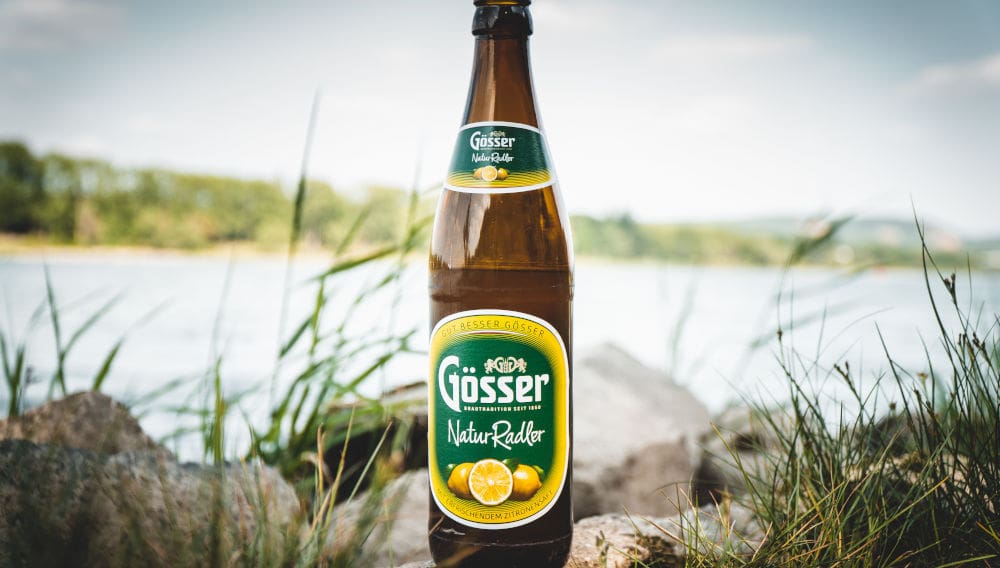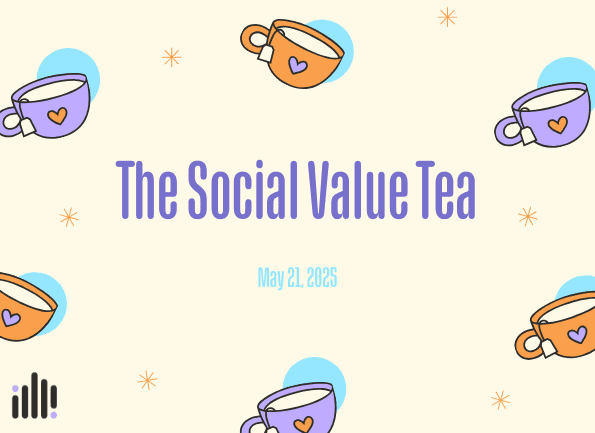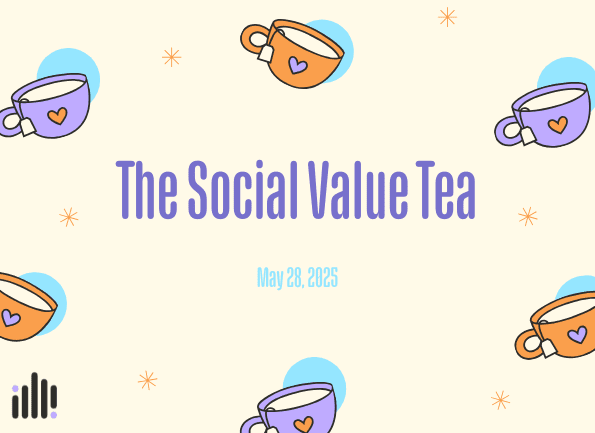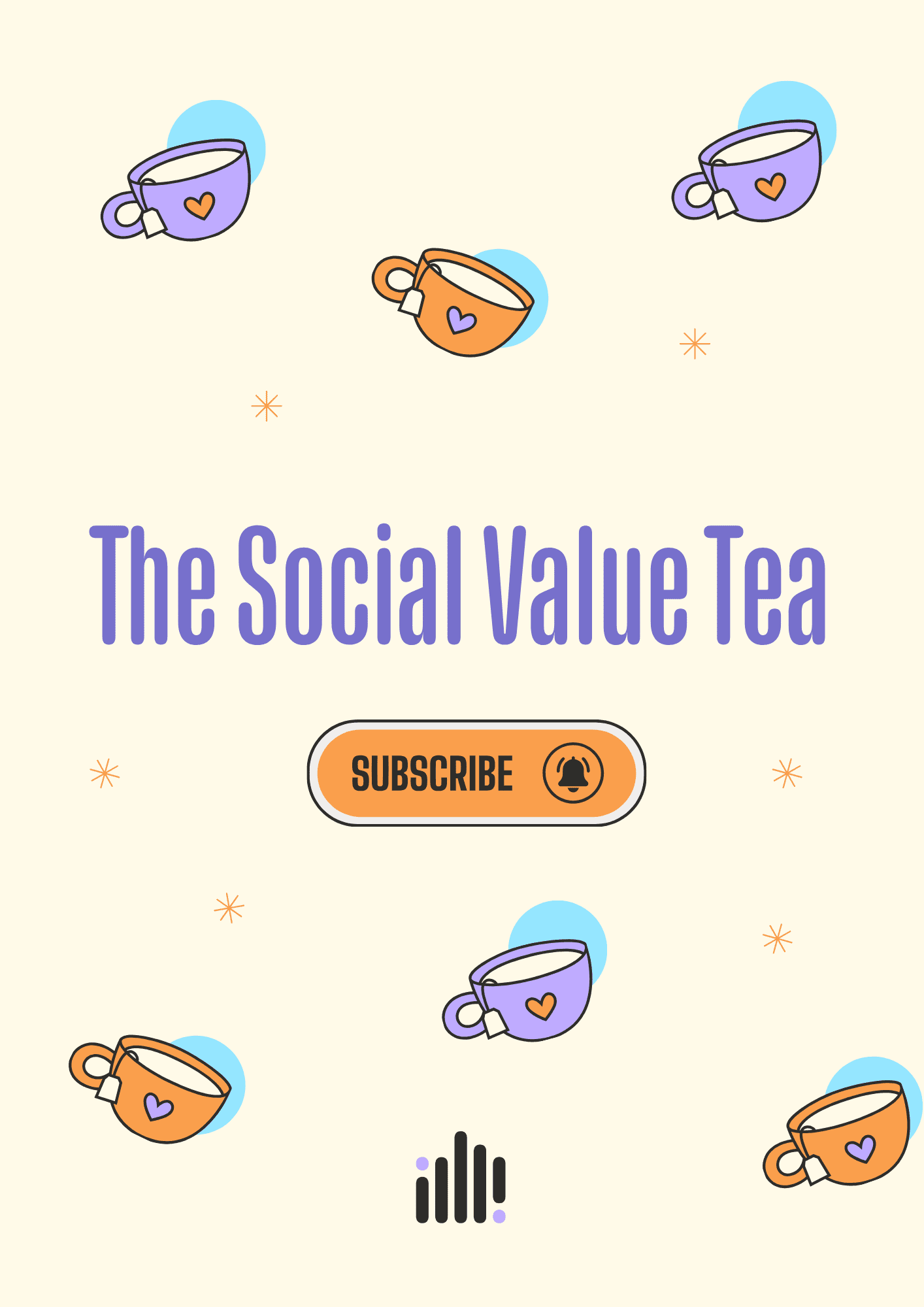3 examples of cross-sector social value partnerships done right
Last week, we began a deep dive into social value partnerships. First, we explored why they’re a brilliant way to increase the knowledge and resources at your company’s disposal. Before also making suggestions about who might be a valuable partner for your organisation’s social value efforts.
Something we only touched on briefly was reaching out to create partnerships across sectors. While we mentioned the possibility of working with charities, the reality is you can collaborate with anyone. But, as with any working relationship, they take some effort. Especially if you want them to last. Mismanaged expectations, misalignment of priorities, or a lack of oversight can all turn a blossoming new partnership sour.
Thankfully, there are ways to make sure they remain successful and mutually beneficial for as long as they’re needed. And to see how it’s done, we’re looking at three examples of cross-sector partnerships done right…
One man’s trash…
On their quest to cut GHG emissions by 40% by 2020, the Gösser brewery in Austria – owned by Heineken – wanted to introduce new renewable energy sources into the brewing process. Luckily, sitting just a few hundred metres away, a neighbouring sawmill had plenty of waste heat going unused.
You know what they say: when life gives you lemons, use it to heat your brewery! Now, 40% of the brewery’s heat comes from the sawmill’s waste heat. They made steps towards their targets by creating that relationship with another business. And they can both say they’ve made sustainable strides through this one partnership.
The takeaway? Identify a win-win for all parties involved
What makes this work is that both parties are achieving something. The sawmill ensures their waste heat isn’t actually going to waste, while Gösser is able to maintain a new renewable energy source for their brewing. It’s a win-win.
To stand the test of time, a partnership needs to make sense for all parties. If one company isn’t getting anything out of the situation, why would they keep investing their time and resources into it?
Whether you’re partnering with one other organisation or five, take some time at the beginning to identify exactly what each party wants and needs from one another. That way, there’s a clear justification for any ongoing investment, if this is something that needs to be explained to any stakeholders.
Making public health a priority
The World Wildlife Fund’s ‘Forests and Health’ initiative saw them joining forces with Johnson & Johnson on a three-year mission to shed light on the connection between our forests and public health. Setting out to better understand links between deforestation, outbreaks of disease, and human health, their ultimate goal was to show how forest conservation could serve as preventative medicine for us all.
Here we have an example of two very different organisations. Yet there was something that linked them. The WWF is concerned about the world’s ecology while Johnson & Johnson focuses on health and pharmaceuticals. This underexplored concept was somewhere they could come together, pool resources, and drive a change they both wanted to see.
The takeaway? Align around one common goal
Different agendas can be a recipe for disaster when collaborating with other organisations. If you’re laser-focused on reducing social inequalities, while a partner has sights set on their carbon emissions, it’s unlikely you will find a course of action that will satisfy both goals.
As with any joint business venture, the greatest success will come when every party is pulling in the same direction.
This overarching goal – in the WWF example, protecting public health – will serve as the compass, pointing your partnership in the right direction. It’ll help you allocate resources, identify next steps, and define what ‘success’ looks like at the end of the road. As well as how you will get others excited about coming on board and joining your efforts.
Tech for good
Global Forest Watch (GFW) is a platform that offers free forest monitoring for tropical nations. It allows anyone around the world to see how our forests are changing with near-real-time information.
But none of this would be possible if they weren’t partnering with Google Earth Engine. This tool uses satellite images and geospatial datasets to detect changes and emerging trends across the planet’s surface. By making use of this tech, GFW can provide updates and surveillance, supporting local agencies and organisations to better protect endangered forests.
The takeaway? Use the right tech to further your mission
There’s nothing inherently “pro-environment” in Google’s business model. It’s not their ultimate goal. Yet they have this capacity to monitor the world on this immense scale in a way no other organisation can. So what better way to use that technical dominance than for good? That’s what this partnership accomplishes in spades.
That’s not to say you need the same endless supply of technology to make a difference. Use what’s available to you to fill gaps in your own capabilities.
GFW used the tech available to them to monitor forests on a global scale. So where can tech help you achieve whatever your priorities are? Where this might be the most relevant for you is how you monitor what matters – your efforts.
No matter your social value objectives, high-quality data is going to be the driving force behind real progress. To make a difference, you need the technology to track, monitor, and report on your initiatives. Something like a spreadsheet is not going to give you enough oversight. Tech will allow you to think bigger.
Social value partnerships can do so much for your organisation’s impact. But it’s not as simple as choosing a partner and hoping for the best. Like any other working relationship, it takes work and commitment from all parties. Use these examples to help build a stronger foundation for your partnerships moving forward.
Impact is a framework-independent social value platform that helps you quickly visualise progress across an unlimited range of metrics and outcomes. With the capability to decentralise data capture, it’s the perfect way to keep on top of the impact of your partnerships. To find out more, schedule a demo, or get in touch with the team on 0161 532 4752.




